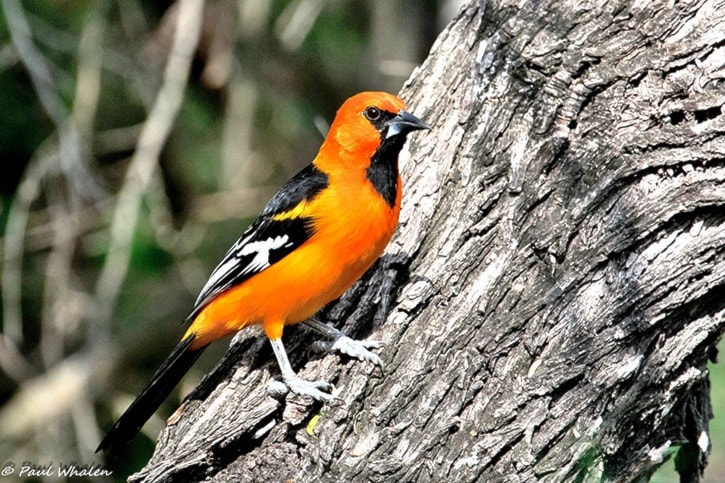Life in south Texas continues to be very warm and very comfortable, although the 40 km/h winds we are getting today makes it a little difficult to go golfing, or birding.
Last week I was invited to participate in the annual Frontera Audubon Birdathon. This is a fundraising event in the form of a friendly birding competition. Teams of birders go out from 7 a.m. to 7 p.m. to find as many species as possible, and the team seeing the most species wins.
Just a few days earlier I had met John Brush, a young (22-year-old) birder, who was planning to do the birdathon; he asked me to join him. We started in Bentsen Rio-Grande State Park and ended 12 hours later at South Padre Island.
In between we visited Anzalduas County Park, Hidalgo Pumphouse, Quinta Mazatlan, Santa Ana NWR, Estero Llano Grande State Park, and Sabal Palm Grove. All of these are very well-known birding locations in the Lower Rio Grande Valley.
In the 12 hours allowed, we had 150 species which at the end of the day was the winning total. My prize consisted of a water bottle and a key chain! We didn’t really have any unexpected species, we just managed to get a lot of the local stuff.
We did manage to see four owls, very difficult to do here in winter. Eastern Screech-Owl is probably the easiest to find. We also watched a sitting Great Horned Owl in Santa Ana and found a Burrowing Owl in a ditch beside the road – it was using a culvert under a driveway as a burrow.
We also managed a peek at part of the Flamulated Owl that has been inhabiting the same patch of dense bush at the South Padre Island Convention Centre since early in the winter.
This is a very rare bird for this part of North America, but its location is consistent and well-known so we expected to get it. Despite the fact it roosts all day in almost exactly the same spot, it is very difficult to spot in the dense bushes and it is impossible to see all of it. We got the right side of its face and part of the upper breast.
Other ‘good’ birds for this region in winter were Gray Catbird, Gray Hawk, Zone-tailed Hawk, Cedar Waxwing, and Black-throated Gray Warbler. But from my “northern perspective,” seeing 16 raptor species, 10 heron species and 21 shorebirds was indeed a treat. And although quite common, who could tire of looking at birds like the bright green, yellow and blue Green Jay, the bright red Northern Cardinal, Vermilion Flycatcher (also red), the black and orange Altamira Oriole pictured here and Great Kiskadee (bright yellow and chestnut brown)?
